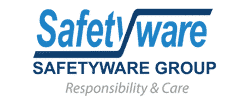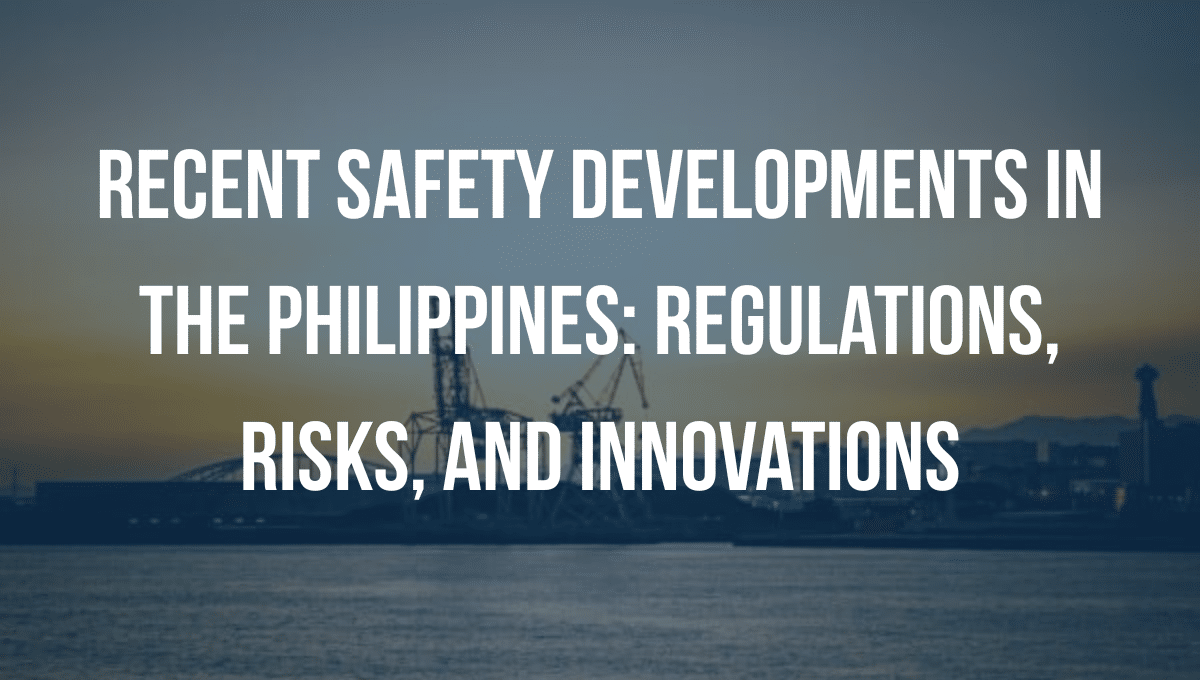The Philippines is navigating a critical juncture in workplace safety, balancing rising accident rates with groundbreaking regulatory reforms and cutting-edge technologies. This blog post explores recent incidents, updated laws, and innovations shaping occupational safety in 2025.

1. Rising Workplace Accidents: A Call for Urgent Action
In 2025, workplace fatalities and injuries remain alarmingly high, with 51 deaths and 8 injuries recorded nationwide. Key incidents include:
- Construction in Cebu: 5 fatalities from electrocution and falls.
- Mining in Nueva Vizcaya: 10 deaths in April alone due to collapses and equipment failures.
- Health Emergencies: Surge in heart attack-related deaths at work, highlighting gaps in health monitoring.
Common Hazards:
- Electrocution, falls, and machinery accidents in construction.
- Poor ventilation and structural instability in mining.
DOLE’s Response:
- Mandated hiring of safety officers and first aiders in high-risk sectors.
- Advocacy for comprehensive health programs to address workplace stress and cardiac risks.
2. Strengthening Safety Laws: RA 11058 and Beyond
The Philippines is tightening enforcement of Republic Act No. 11058, which mandates:
- Employer Responsibilities: Provision of PPE, safety signages, and hazard-free environments.
- Training: Free OSH programs for workers via DOLE and the Occupational Safety and Health Center (OSHC).
- Penalties: Fines up to ₱100,000 (~$1,800) for non-compliance.
National OSH Strategy (NOSH):
Launched in 2024 with ILO support, this initiative focuses on:
- Enhanced workplace inspections.
- Public-private partnerships to promote safety as a core business value.
- Expanded training for SMEs and informal sectors.
Child Car Seat Law (RA 11229):
- Requires certified Child Restraint Systems (CRS) for children under 12 or 4’11”.
- Stricter fines in 2025 for non-compliance, though public transport remains exempt pending guidelines.
3. Emerging Trends: Smart PPE and AI-Driven Safety

Innovations are transforming workplace safety in the Philippines:
Smart Personal Protective Equipment (PPE)
| Traditional PPE | Smart PPE |
|---|---|
| Basic helmets/gloves | Sensors for heat, gas, and fatigue alerts |
| Manual hazard checks | Real-time data transmission to supervisors |
| Reactive safety measures | Predictive analytics to prevent incidents |
- Examples:
- Smart Helmets: Augmented reality displays and environmental sensors.
- Health-Monitoring Vests: Track heart rate, body temperature, and exposure to toxins.
AI in Safety Management
- Predictive Analytics: Identifies risk patterns (e.g., frequent near-misses in mining).
- Ethical Monitoring: Privacy-first cameras detect unsafe behaviors without facial recognition.
- Equipment Sensors: Predict machinery failures before breakdowns occur.
4. The Road Ahead: Challenges and Opportunities
- Persistent Gaps: Rural areas and SMEs lag in compliance due to resource constraints.
- Tech Adoption: High costs hinder widespread use of smart PPE; government subsidies could bridge this gap.
- Health Integration: Expanding workplace wellness programs to address cardiac and mental health risks.
Conclusion
The Philippines is at a crossroads: rising accidents demand urgent action, but robust laws and innovations like smart PPE offer hope. By combining stricter enforcement, workforce education, and technology adoption, the nation can build a safer future for its workers.
Stay safe, stay informed—explore Safetyware’s solutions today. 🛡️🇵🇭
For more updates on safety news and insights, visit our website at Safetyware.
Any Questions? Contact Us:
📩 Email: [email protected]
🌐 Website: www.safetyware.com
📞 Contact us: WhatsApp

